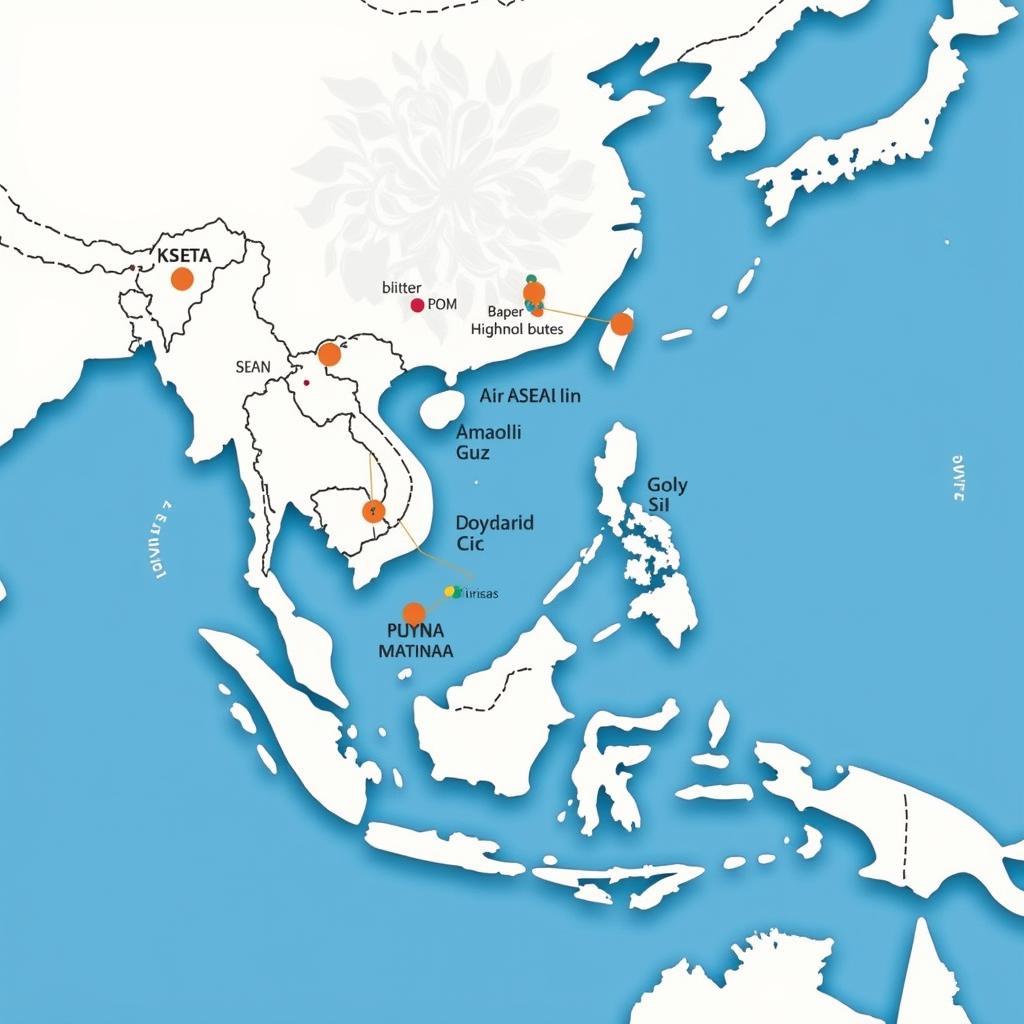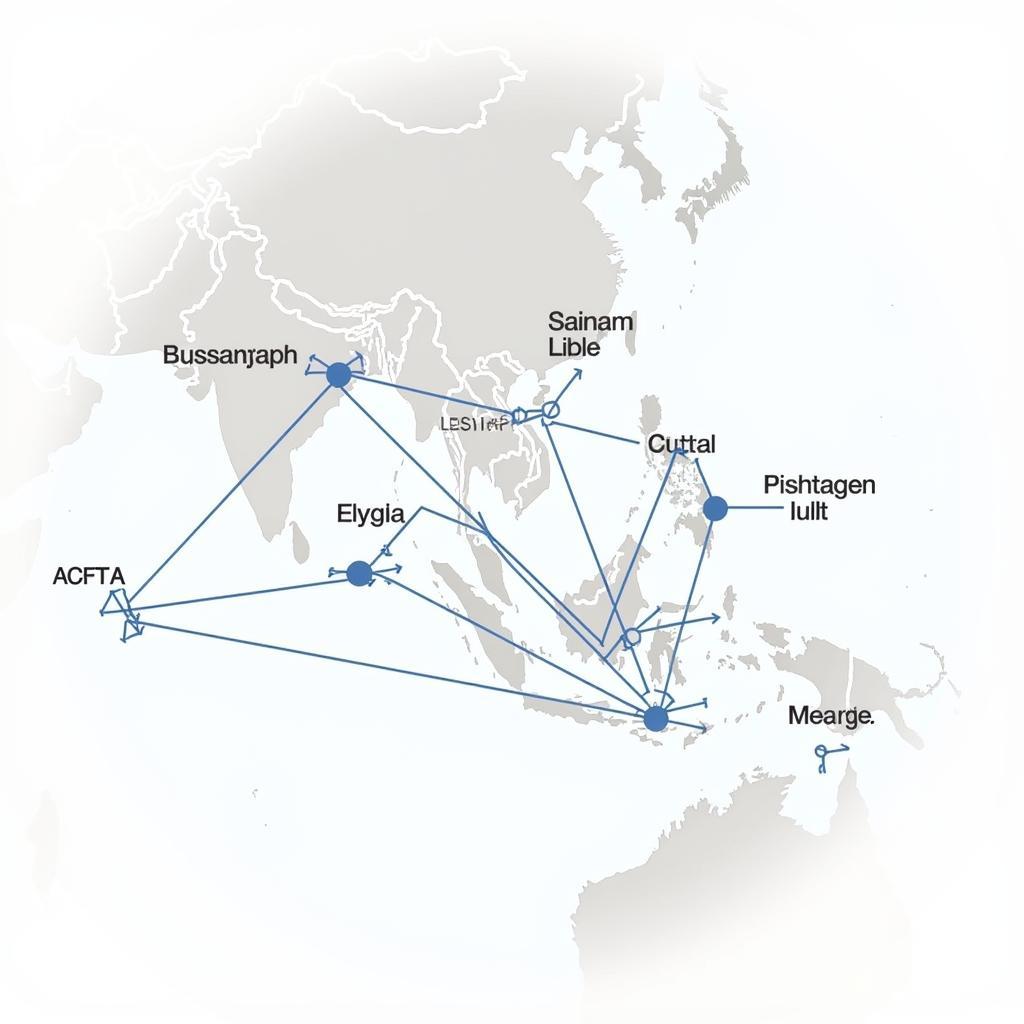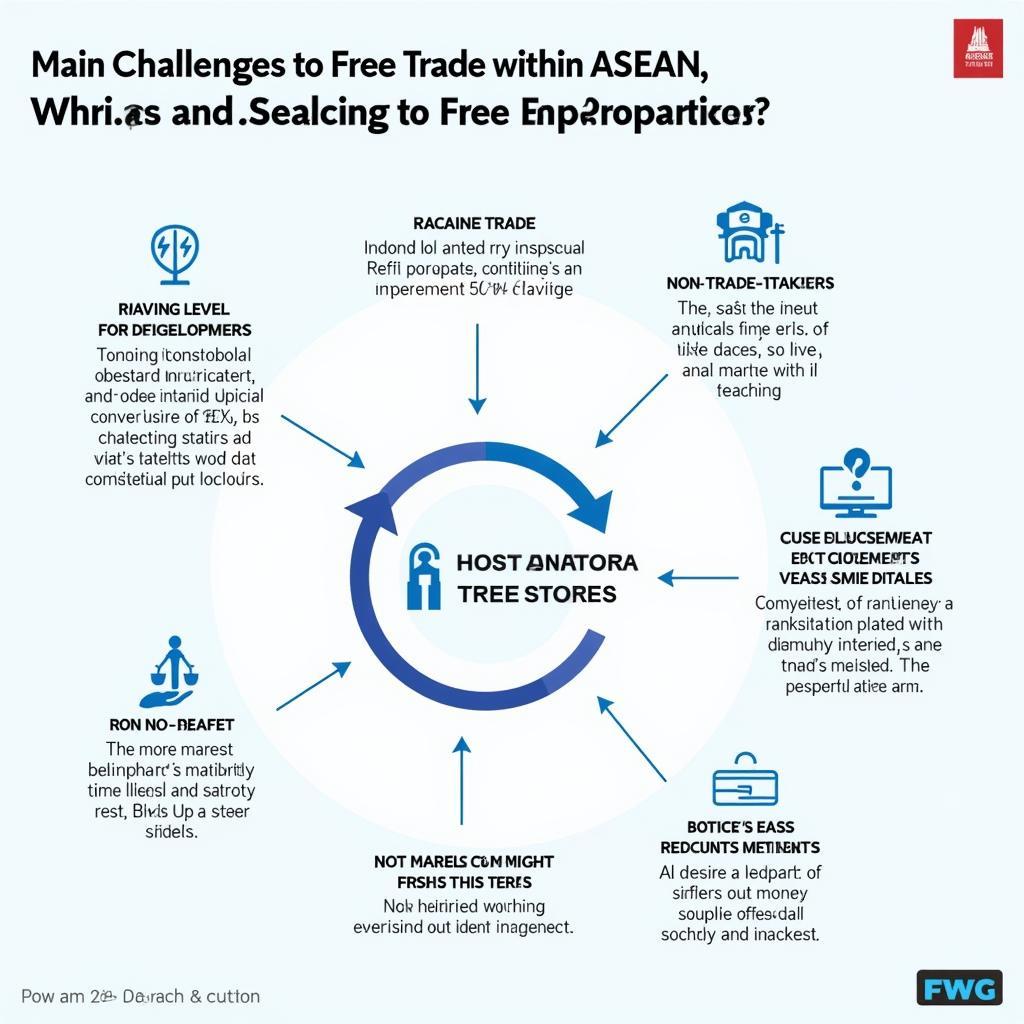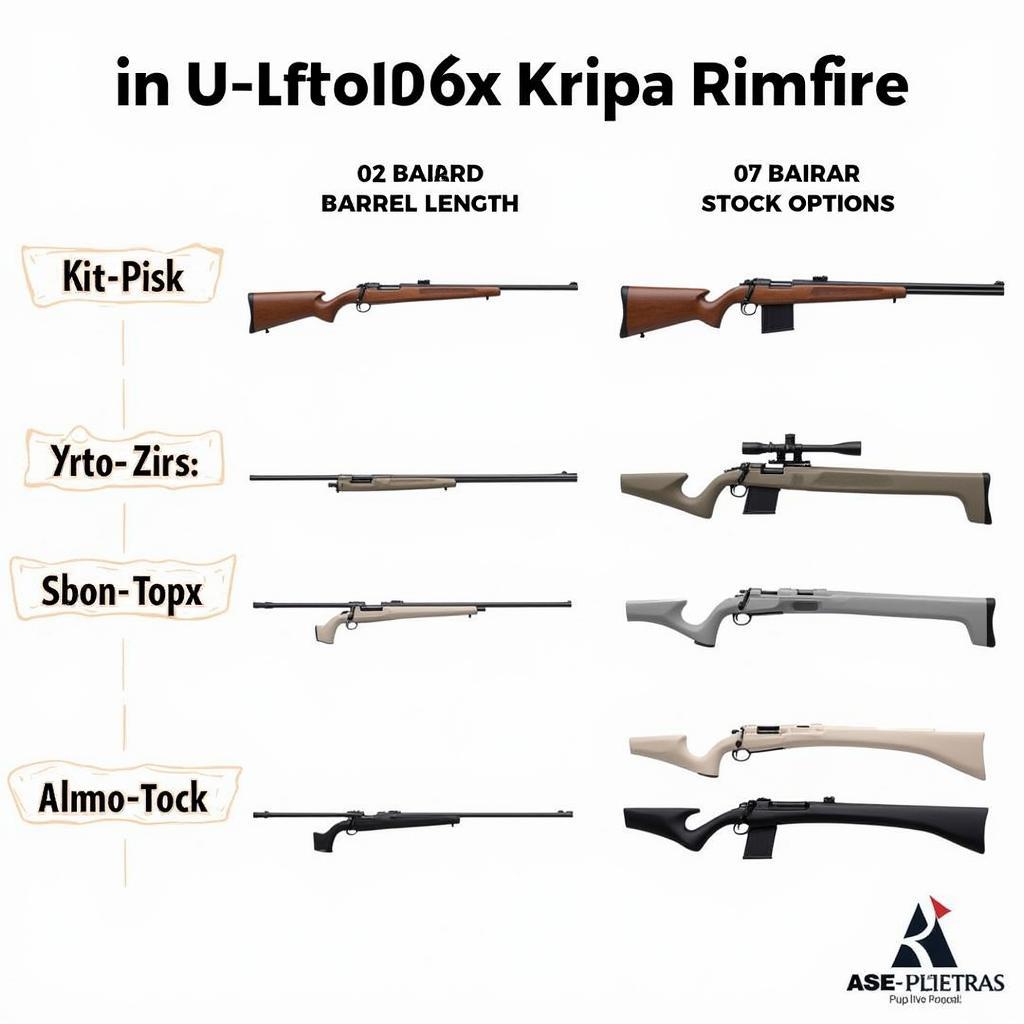Does Asean Have Free Trade? The answer is a qualified yes. While the Association of Southeast Asian Nations (ASEAN) has made significant strides towards establishing a free trade area, it’s not a completely barrier-free market. This article will delve into the complexities of ASEAN’s free trade agreements, exploring their benefits, challenges, and future prospects.
Understanding ASEAN’s Free Trade Area (AFTA)
ASEAN’s journey towards free trade began with the establishment of the ASEAN Free Trade Area (AFTA) in 1992. AFTA aimed to increase ASEAN’s competitive edge as a production base in the global market through the elimination of tariff and non-tariff barriers within ASEAN. However, this hasn’t been a simple or uniform process.
 Map of ASEAN Free Trade Area
Map of ASEAN Free Trade Area
How Does AFTA Work?
AFTA primarily operates through the Common Effective Preferential Tariff (CEPT) scheme. This scheme reduces tariffs on most goods traded within ASEAN to 0-5%. While this represents a significant reduction, certain sensitive agricultural products and services remain subject to higher tariffs. Furthermore, non-tariff barriers, such as varying standards and regulations, can still impede free trade within the region.
Beyond AFTA: ASEAN’s Expanding Network of FTAs
AFTA represents just one facet of ASEAN’s free trade efforts. ASEAN has also signed free trade agreements (FTAs) with several key partners outside the bloc, including China, Japan, South Korea, Australia, New Zealand, and India. These agreements further expand ASEAN’s market access and contribute to the region’s economic integration. These FTAs help reduce tariffs and other trade barriers, fostering greater economic cooperation and integration between ASEAN and its partner countries.
 ASEAN Free Trade Agreement Network
ASEAN Free Trade Agreement Network
Benefits and Challenges of ASEAN Free Trade
The push towards free trade has brought about numerous benefits for ASEAN. Increased trade and investment have fueled economic growth and development, creating jobs and improving living standards across the region. However, challenges remain.
Advantages of Free Trade in ASEAN
- Increased trade and investment: Lower tariffs and reduced barriers stimulate trade and attract foreign investment, boosting economic activity.
- Enhanced competitiveness: AFTA allows ASEAN businesses to compete more effectively on the global stage by lowering production costs and expanding market access.
- Greater economic integration: FTAs promote closer economic ties between ASEAN member states and their partners, leading to greater regional cooperation.
- advantages of asean economic integration
- ano ang ibig sabihin ng asean
Challenges to ASEAN Free Trade
- Non-tariff barriers: Differences in regulations, standards, and customs procedures can still hinder trade, even with reduced tariffs.
- Development disparities: The benefits of free trade are not always evenly distributed, with some less developed ASEAN members struggling to compete with more advanced economies.
- External competition: ASEAN businesses face increasing competition from other global players, requiring them to adapt and innovate to maintain their market share.
 Challenges to ASEAN Free Trade
Challenges to ASEAN Free Trade
The Future of ASEAN Free Trade
ASEAN remains committed to deepening regional integration and expanding its network of free trade agreements. The Regional Comprehensive Economic Partnership (RCEP), which includes all ASEAN members and several key partners, is a testament to this commitment. RCEP aims to create the world’s largest free trade area, further boosting ASEAN’s economic prospects.
What are the implications of the RCEP for ASEAN’s free trade future?
The RCEP signifies a major step forward in ASEAN’s pursuit of free trade. It will further reduce tariffs, streamline customs procedures, and harmonize rules of origin, making it easier for businesses to operate within the region.
Conclusion: Does ASEAN Have Free Trade? A Work in Progress
So, does ASEAN have free trade? The answer is nuanced. While AFTA and other FTAs have significantly lowered trade barriers, challenges remain. However, ASEAN’s ongoing efforts to deepen integration and expand its trade network demonstrate a clear commitment to further liberalizing trade and promoting economic growth. The future of free trade in ASEAN is bright, with continued progress expected in the years to come. ase origin
FAQ
- What is AFTA? AFTA stands for the ASEAN Free Trade Area, established to increase ASEAN’s competitiveness by reducing tariffs and non-tariff barriers within the region.
- What is the CEPT scheme? The Common Effective Preferential Tariff scheme is the main mechanism for reducing tariffs under AFTA.
- What are some of the challenges to free trade in ASEAN? Non-tariff barriers, development disparities, and external competition are among the key challenges.
- What is RCEP? The Regional Comprehensive Economic Partnership is a mega-FTA involving ASEAN and several key partners, aiming to create the world’s largest free trade area.
- What are the benefits of free trade in ASEAN? Benefits include increased trade and investment, enhanced competitiveness, and greater economic integration.
Contact Us
When you need support, please contact Phone Number: 0369020373, Email: aseanmediadirectory@gmail.com Or visit: Ngoc Lien Village, Hiep Hoa, Bac Giang, Vietnam. We have a 24/7 customer service team.
